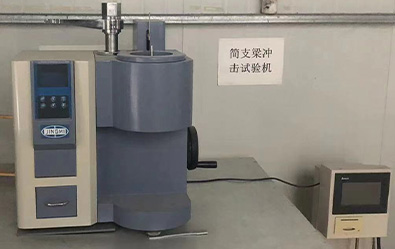loading...
- No. 9, Xingyuan South Street, Dongwaihuan Road, Zaoqiang County, Hengshui, Hebei, China
- admin@zjcomposites.com
- +86 15097380338
- Welcome to visit our website!
anti slip flooring
The Importance of Anti-Slip Flooring Safety Meets Aesthetics
In today’s world, safety is a paramount concern in both residential and commercial spaces. As such, the demand for anti-slip flooring has grown significantly. Anti-slip flooring not only ensures safety but is also available in various designs and materials, making it a practical and aesthetic choice for many environments. This article will explore the significance of anti-slip flooring, its applications, and the different options available on the market.
The Need for Anti-Slip Flooring
Slips and falls are among the leading causes of injuries in homes, workplaces, and public spaces. According to the National Safety Council (NSC), falls account for over 30,000 deaths and numerous injuries annually in the United States alone. The implementation of anti-slip flooring can significantly reduce the risk of such accidents. Whether in a kitchen, bathroom, hospital, or retail environment, the right flooring choice can prevent slips and ensure a safer environment for occupants and visitors alike.
Applications of Anti-Slip Flooring
Anti-slip flooring is especially important in specific settings where the risk of slipping is heightened. In commercial kitchens, for instance, the combination of grease, water, and hurried movement creates a hazardous environment. Anti-slip tiles made from textured materials can provide the necessary grip to prevent accidents. Similarly, in bathrooms, water accumulation can lead to slips; thus, using anti-slip vinyl or tile can help secure footing, providing peace of mind for those using the facilities.
In healthcare settings, the risk is even greater. Hospitals and nursing homes benefit tremendously from anti-slip flooring, as they cater to vulnerable populations. By implementing flooring designed to reduce slips, these establishments can lower their liability while ensuring the safety of patients and staff alike.
Additionally, outdoor spaces such as pools, patios, and walkways also require proper flooring choices. Wet surfaces can be particularly dangerous, making anti-slip options a critical component of outdoor safety planning.
Types of Anti-Slip Flooring
anti slip flooring

There are various materials and designs available for anti-slip flooring. Each option caters to different needs and aesthetic preferences.
1. Textured Vinyl This is a popular choice in residential and commercial spaces due to its affordability, ease of installation, and maintenance. Textured vinyl flooring maintains a modern look while providing a safe surface.
2. Ceramic and Porcelain Tiles These tiles are known for their durability and waterproof capabilities. They can be manufactured with various textures that increase grip. This option is ideal for kitchens, bathrooms, and outdoor patio areas.
3. Rubber Flooring Commonly used in gyms, schools, and hospitals, rubber flooring is not only slip-resistant but also provides cushioning, making it ideal for areas where people may frequently fall.
4. Carpet Tiles Although not typically considered anti-slip, certain types of carpet tiles provide adequate traction and can be a good choice for environments where noise reduction is also a concern, such as offices.
5. Stone and Concrete Natural stone or polished concrete can also be treated with anti-slip coatings to enhance safety without sacrificing aesthetic appeal. These materials can be used effectively in both indoor and outdoor settings.
Conclusion
Investing in anti-slip flooring is a proactive step towards ensuring safety in any environment. With numerous options available to suit various design preferences and practical needs, it is possible to maintain both functionality and aesthetic appeal. As awareness about safety continues to grow, it’s crucial for homeowners and business owners alike to consider the importance of anti-slip flooring. By choosing the appropriate materials, we can create spaces that are not only welcoming and beautiful but also safe for everyone. In a world where safety concerns are ever-present, anti-slip flooring stands out as a simple yet effective solution.
-
The Rise of FRP Profiles: Strong, Lightweight, and Built to LastNewsJul.14,2025
-
SMC Panel Tanks: A Modern Water Storage Solution for All EnvironmentsNewsJul.14,2025
-
GRP Grating: A Modern Solution for Safe and Durable Access SystemsNewsJul.14,2025
-
Galvanized Steel Water Tanks: Durable, Reliable, and Ready for UseNewsJul.14,2025
-
FRP Mini Mesh Grating: The Safer, Smarter Flooring SolutionNewsJul.14,2025
-
Exploring FRP Vessels: Durable Solutions for Modern Fluid HandlingNewsJul.14,2025
-
GRP Structures: The Future of Lightweight, High-Performance EngineeringNewsJun.20,2025
